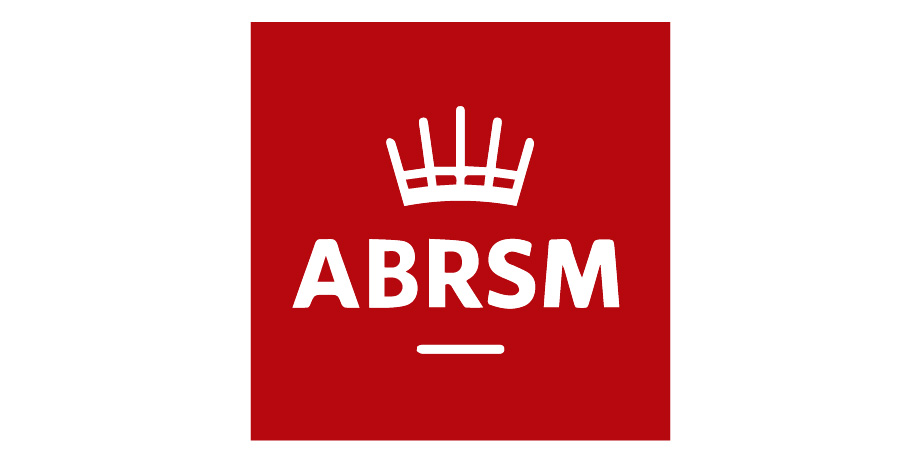The fingers we choose to play our music with is one of the defining characteristics amongst pianists. Whilst some performers may hate putting their thumb on a black key because of the reduced contact, others may like the enhanced possibilities it opens up for the succeeding notes. Whilst some will spread their hand out to use as many fingers as possible for an arpeggio, others will consecutively use their 1st and 2nd fingers. Whilst some play octaves with fingers 1 and 5, others may also include 3 and 4 to create a legato effect. While some may repeat a note with the same finger, others may interchange the fingers used.
There really are endless combinations of playing a piece, and each will suit a certain bodily shape and musical character. Fingering is one of the most important decisions that a pianist makes when playing a piece, as the slightest difference can change the shape of an entire phrase.
“The five-finger position is the very best position a pianist can hope to play in. Every finger is in use, there is no unnecessary discomfort and the notes that we need are right under our fingertips.”
The Five-Finger Position
One of the first things a new pianist learns is how to play in a basic five-finger position. This is where the fingers rest upon five consecutive white keys (adjustments are made for black keys once they have been learned). As I tell my students, this is the very best position a pianist can hope to play in. Every finger is in use, there is no unnecessary discomfort and the notes that we need are right under our fingertips.
This is what we should always be striving for when playing a piece of music. Firstly, for the sake of speed and efficiency, as many fingers should be used as practicable. If a phrase has a range of four notes it makes the most sense to use fingers 1-4 or 2-5. Playing the same phrase by turning the hand creates an unnecessary movement that will slow the passage down.
Secondly, you should always use the fingers that cause the least discomfort. Inevitably in piano music, there are many instances where the hand must stretch, especially when the pianist in question has smaller hands. No matter what physical attributes a performer possess, however, there is always a way to play a piece without tension, even if it means interrupting a phrase of spreading a chord. It will change what is being played but that doesn't mean it cannot be musical. The worst thing anyone can do is to play through pain; it has compromised the careers of too many pianists and composers.
Were the piano to be slimmed down then I have no doubt performers and composers with above-average hands would use the new instrument to write bigger chords than would be possible on a regular instrument, which would necessitate a further downsizing of the instrument to make this new repertoire accessible.
Eliminate the Unnecessary
One of my teachers once told me something I have never forgotten: the only reason anyone ever makes a mistake when playing the piano is because their fingers aren't ready for what is coming next. The closer your finger is to the note it needs to play, the more minimal the chance of making a mistake becomes. I have repeated this statement below as I believe it is one of the most important things to keep in mind when practising.
“The only reason anyone ever makes a mistake when playing the piano is because their fingers aren’t ready for what is coming next. ”
The same teacher who taught me this once gruelled me for half an hour over four bars of music, during which I was holding my hands at least an inch above the keyboard. "Why do they need to be so far away?", he asked. He was not satisfied until my fingers were playing the passage less than a millimetre away from where they needed to be. The piece in question was particularly vigorous and ever-changing, but what surprised me was the extra speed I was able to coax from my fingers once they were comfortable playing on the very surface of the keys.
The passage in question, from Liszt's Venezia e Napoli - III. Tarantella. The first four bars are repeated three times; the first time at the same pitch and the following two times an octave lower.
Only once I had eliminated all movements that weren't necessary to play the music was I able to play the music with complete freedom and control. It is a truly wonderful feeling - in performing terms it is in another dimension away from throwing my hands everywhere - and something which I have aspired to in all my pieces ever since.
Planning ahead
The question I ask myself and my students when deciding on fingering is: "where is the music going?" This must be answered before a fingering is decided. Let's take a C major scale in the right hand as an example. On a first play-through, a student would be forgiven for using the fingers 1-2-3-4-5. When they get to G with this fingering they will discover that they have run out of fingers to use, and must now either turn awkwardly on their 5th finger or lift their hand up and put it down again.
“The question I ask myself and my students when deciding on fingering is: “where is the music going?” This must be answered before a fingering is decided.”
On the other hand, if the student turns their hand after they have played the first three notes so that the thumb falls on F then there will be enough fingers to go all the way up to C. With the first fingering the hand was left unprepared, but with a little forward planning, it was possible to avoid these issues entirely.
Another situation to plan for is when the hand is going to be lifted and placed back down again. If a phrase finished with the 3rd finger on C and the first note of the next phrase is an E, then it is tempting to use finger 5, as it will be ready over E. However if the second phrase goes any higher than E then the hand will have nowhere to go, as the E was played with the final digit. Therefore it is much more effective to lift the hand up at the conclusion of the first phrase and place a fresh finger on the E at the commencement of the second. As the lifting occurs in between phrases the music does not become interrupted; in fact, the movement will help the music to breathe.










